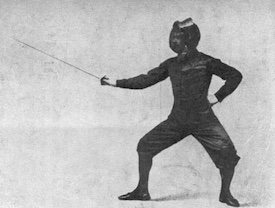But you weren’t just making an empirical observation that you got more goosebumps, you also “judged” what was causing it (euphony).I think I wasn't actually *judging* anything. Just making an empirical observation that this particular earphone gave me more goosebumps than others with the same music.
You quoted bigshot saying that maybe “Fidelity” should be used instead of sound quality and responded “Or euphony”. Maybe I did misunderstand that you meant Euphony should be used instead of sound quality?Afair, I never described it as "sound quality". Maybe you misunderstood my remarks.
That definition is highly problematic for two reasons: Firstly, a kick drum sound (deliberately) almost never sounds like a real kick drum. Therefore, there would be almost no recordings (which include a kick drum) that could have good sound quality, which obviously is not the case. Secondly, how do you know this realism you experience (or don’t experience) isn’t just due to a personal bias or other perceptual error?SQ, to me, is measured by realism, does the kick drum sound like a kick drum and clarity, can you hear the kick drum? Sound preference is whether you like to have lots of bass, such as kick drum in your music.
“Fidelity Quality” is the only rational measure of “Sound Quality”. Although we still have to be careful about defining the fidelity of what; fidelity to the performance is almost never entirely achievable and is very rarely even desirable. Do we mean fidelity to the recording (which again is rarely desirable), fidelity to the mix or fidelity to the master?
I didn’t mean my response to appear like I was disagreeing with what you posted, more like just expanding on it.but this is also not the discussion i meant when i said ‘the discussion will never come to an end’.
No they didn’t/wouldn’t! This is the mistake many audiophiles make, instigated/encouraged by audiophile marketing. Certain measurements maybe identical, possibly (but rarely) even ALL the typically published specs and in very rare circumstances, even the typical measurements which go beyond the published specs. But if they sound different there is ALWAYS at least one measurement that will reveal it, albeit very rarely not a common/typical one.The Sony NW-WM1A and NW-WM1Z for example measure identical but sound different.
So either they do not actually sound different or they do sound different and will measure differently, given the correct test/measurement. Let’s try YACA; let’s say we modify a VW Polo so it achieves a 0-100kph time the same as a new Ferrari. Does this mean our polo has a measured performance identical to a Ferrari? The Ferrari will have performance differences obvious to our senses, does that mean there are performance differences we can sense but not measure? If instead of a 0-100kph time we measured say a 0-268kph time, then we’d easily see this measured difference but no one publishes a 0-268kph time and possibly no one has ever done that specific test, does that mean this performance difference is unmeasurable?
G






















